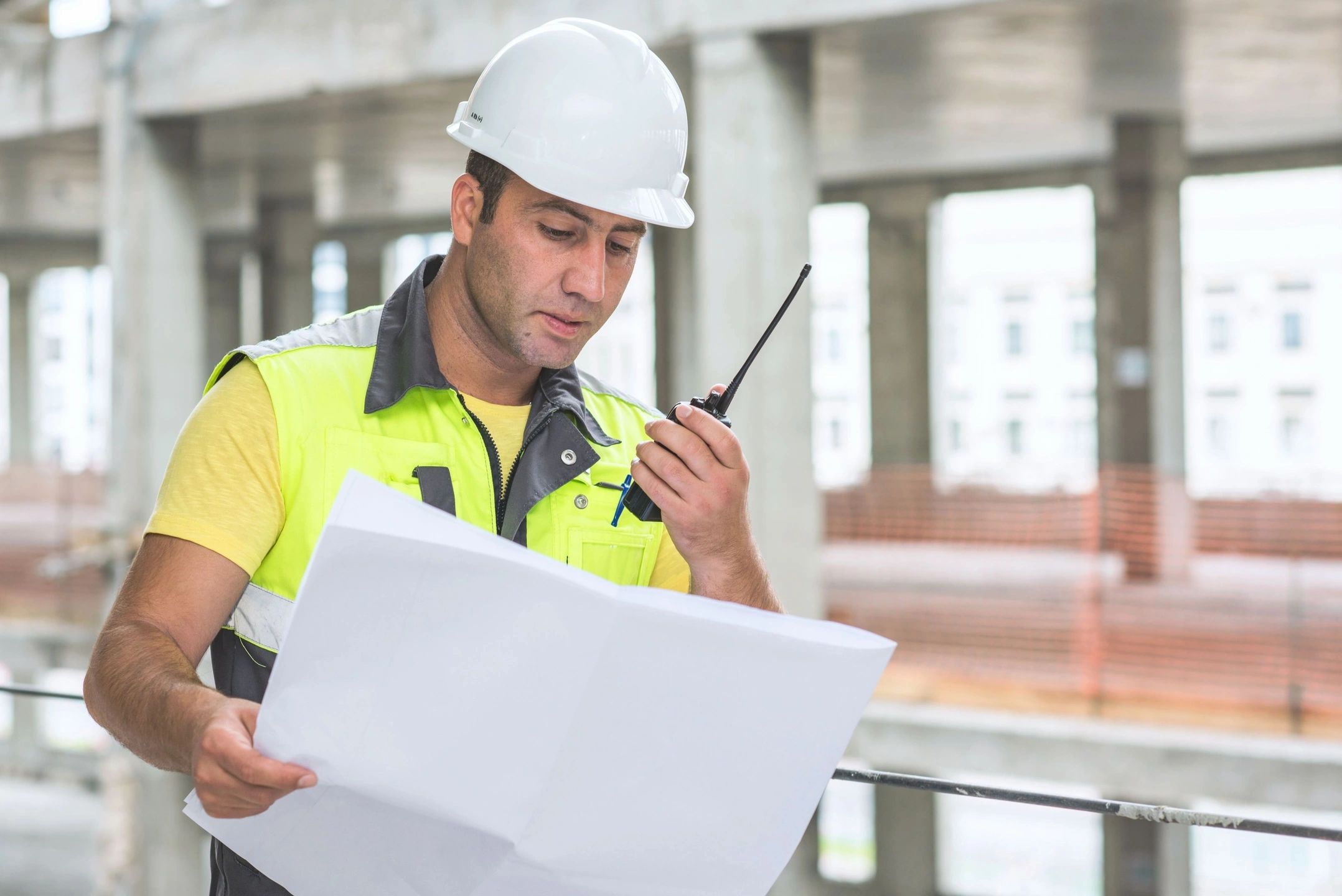Whenever it is possible, within the client’s schedule, we will always recommend that a Pilot be completed at the start of any large, portfolio-wide project. A pilot is effective for any assessment or data collection project including Facility Condition Assessments (FCAs), Equipment Inventory & Tagging, Accessibility Assessments, Energy Audits, etc. A Pilot is a small-scale roll-out of the entire project methodology, which allows all stakeholders to test and confirm their assumptions and make any required course corrections early in the process.
There are a lot of factors that can and should be customized on any multisite project (costing, Uniformat II structure, templates, etc.). The best way to truly know if all these items will meet your needs is to take them out for a test drive by doing a pilot.
In terms of how many buildings to include, there is no magic number. Ultimately a pilot should try to capture a complete and representative sample of buildings. The more diverse and complex your portfolio, the more assets that should be included. In our opinion, most pilots should be between 3 and 6 buildings. Fewer than that will not be representative enough and if you do too many, you start to have a lot of data to revise if you make any scope adjustments.
If you are implementing software in conjunction with your assessment/data collection project, we recommend that you configure the software first before you do the pilot. This way, the pilot will be representative of the full-scale project. We have seen some clients want to get the pilot started right away before the software is configured and ready to go. However, there have been several instances where during configuration, the data collection scope is adjusted to address another data point. In this case, you must return to the pilot buildings at a later date to fill in the data gaps. Although it is tempting to want to rush out to site, patience generally pays off.
Once the pilot is done, it is imperative that all stakeholders involved from a client’s organization be engaged during the pilot. In fact, we recommend that the highest level of attention and scrutiny is applied during the pilot. In this way we develop the road map for a successful project and can then move into “wash, rinse, repeat” mode for the full roll-out.
Unfortunately, we have had some projects where clients did not give the pilot the attention it needed, and it created budget and schedule problems downstream. In one instance, a critical stakeholder group was not engaged early in the project. Once the project was complete, this new group was brought in and wanted to make changes to every assessment report, including a requirement to remobilize to sites to get additional data. This resulted in a schedule delay and a change order for the client. Had the entire stakeholder group been brought in at the pilot stage, we would have had to make minor adjustment to a few buildings and then got it right for the rest.
In the second example, all the right people were involved in reviewing our pilot reports. However, the client just did a cursory review and accepted the pilot reports. When we completed the entire portfolio (50 buildings) and submitted our draft reports, the client did a deeper dive into the reports. They wanted to adjust the way we presented the data in the reports. Unfortunately to do so meant significant reformatting of 50 reports, including adjustment of several calculations and graphs. Once again, this delay and change order could have been avoided had a bit more scrutiny been applied to the pilot work.
Doing a pilot is extremely valuable for any project, but only when it is done right, and the proper level of review is done before “signing off”. Hopefully we have helped you avoid some of the mistakes we have seen with other clients that have either not done a pilot or didn’t give it the attention it deserves.




